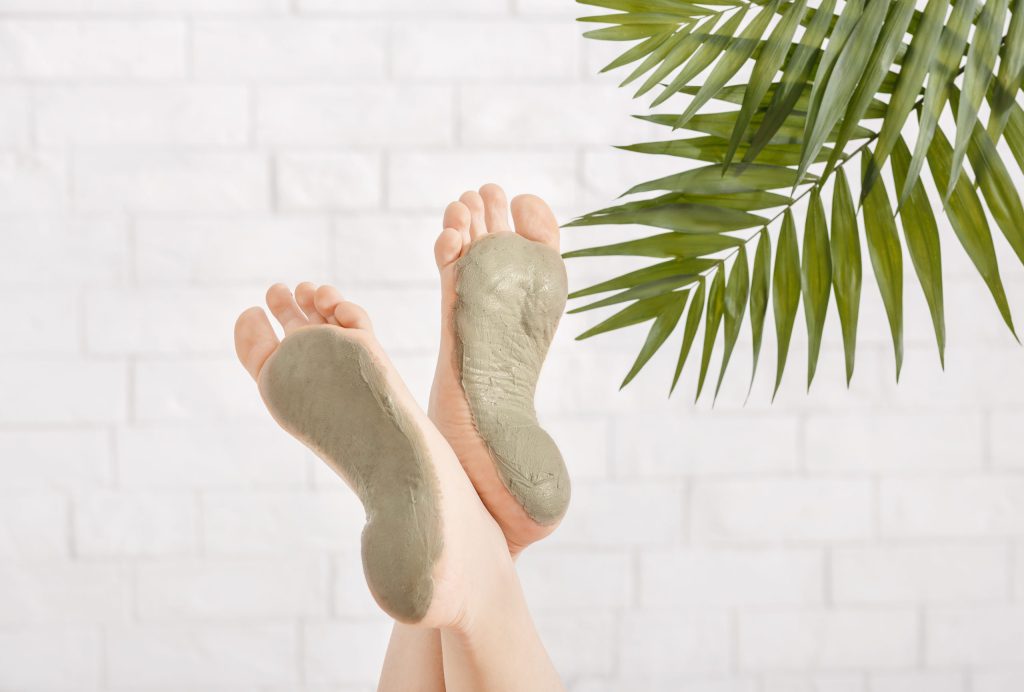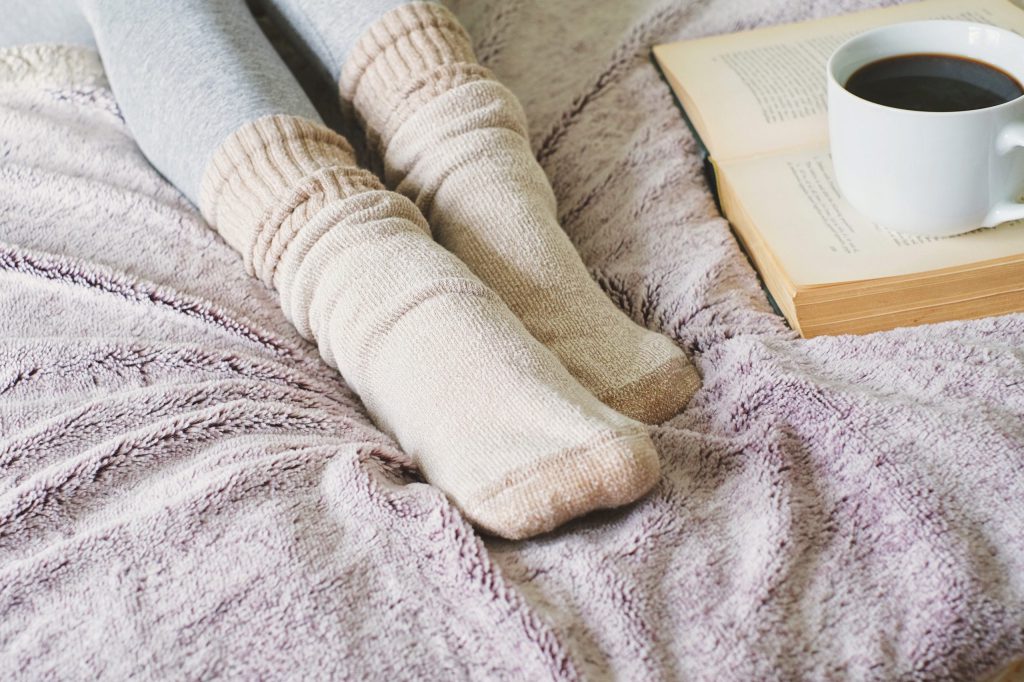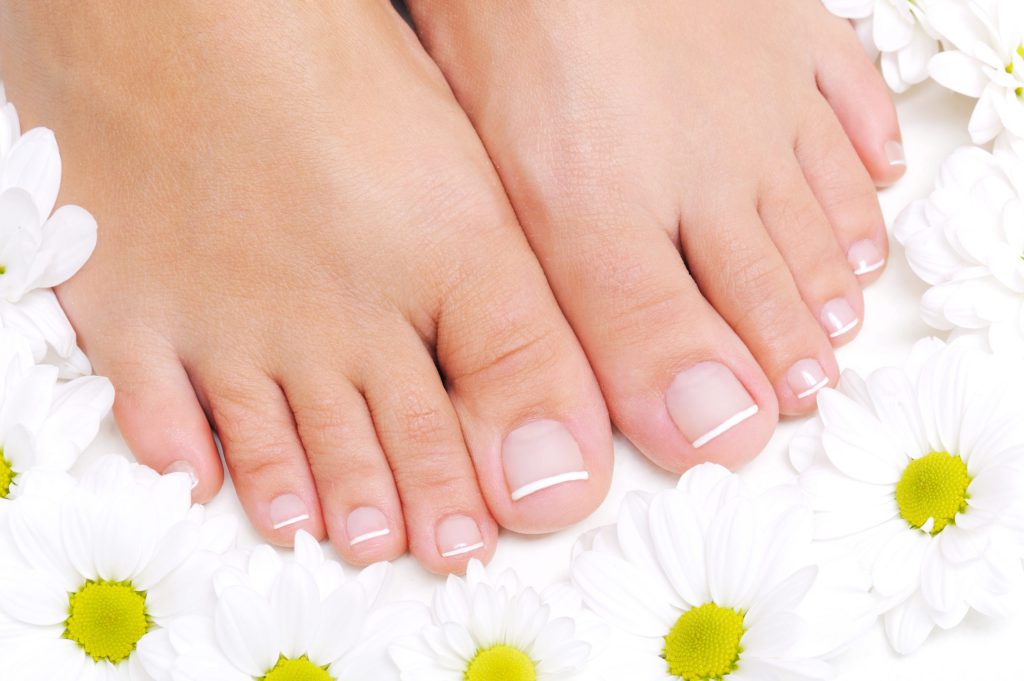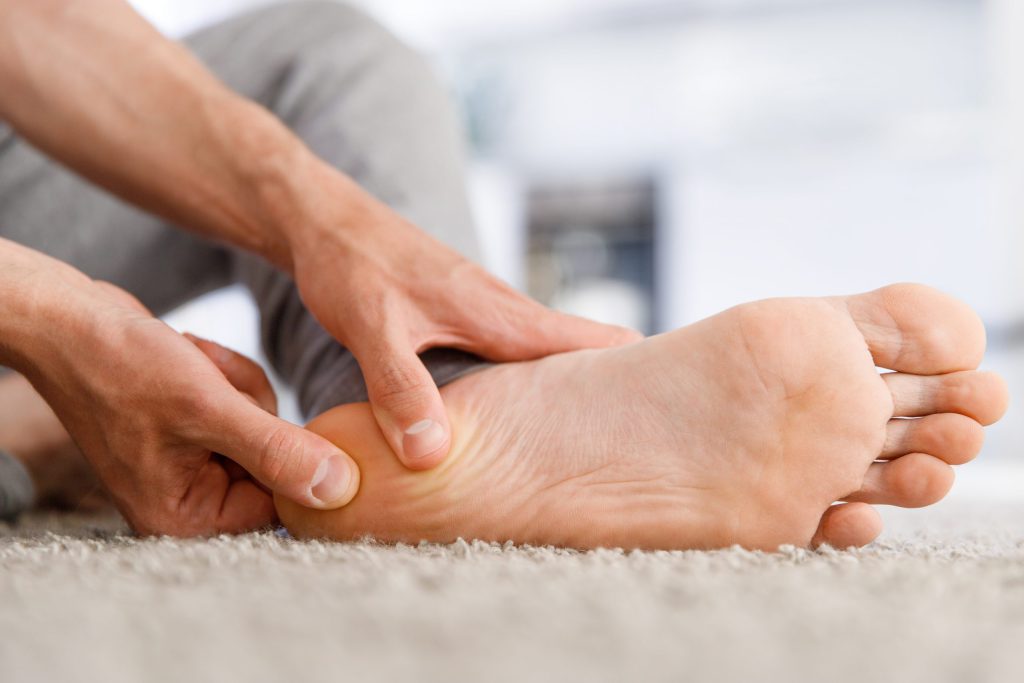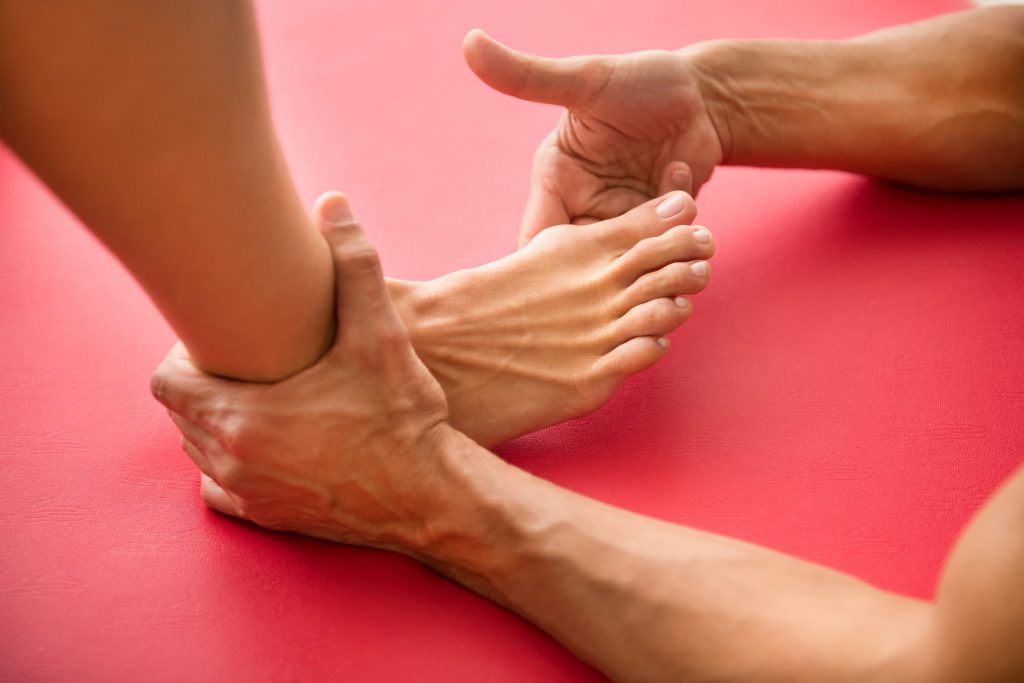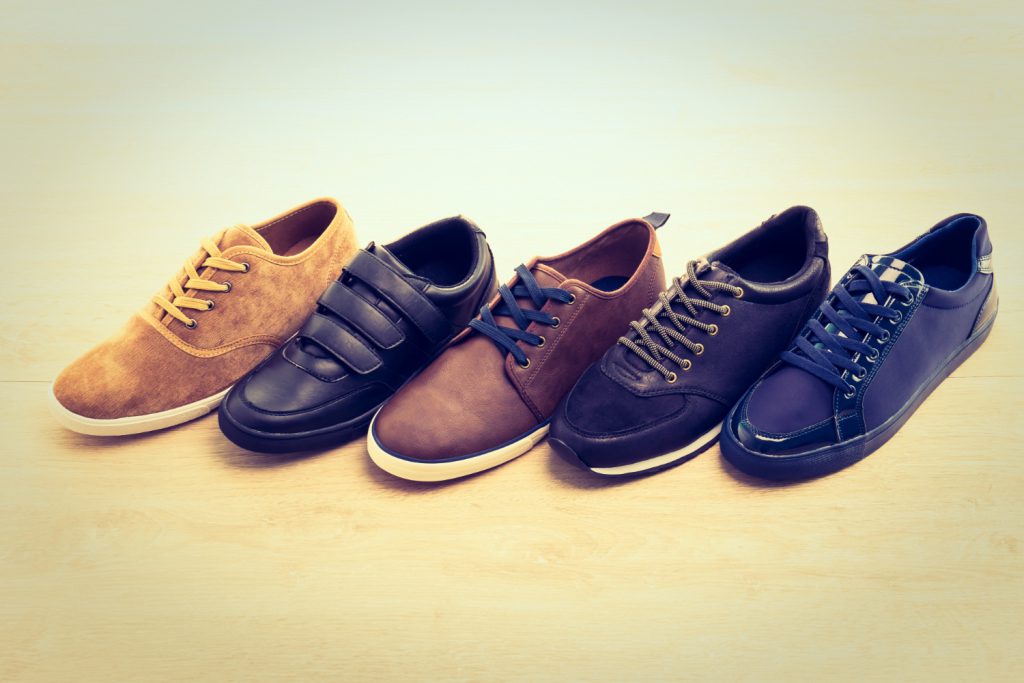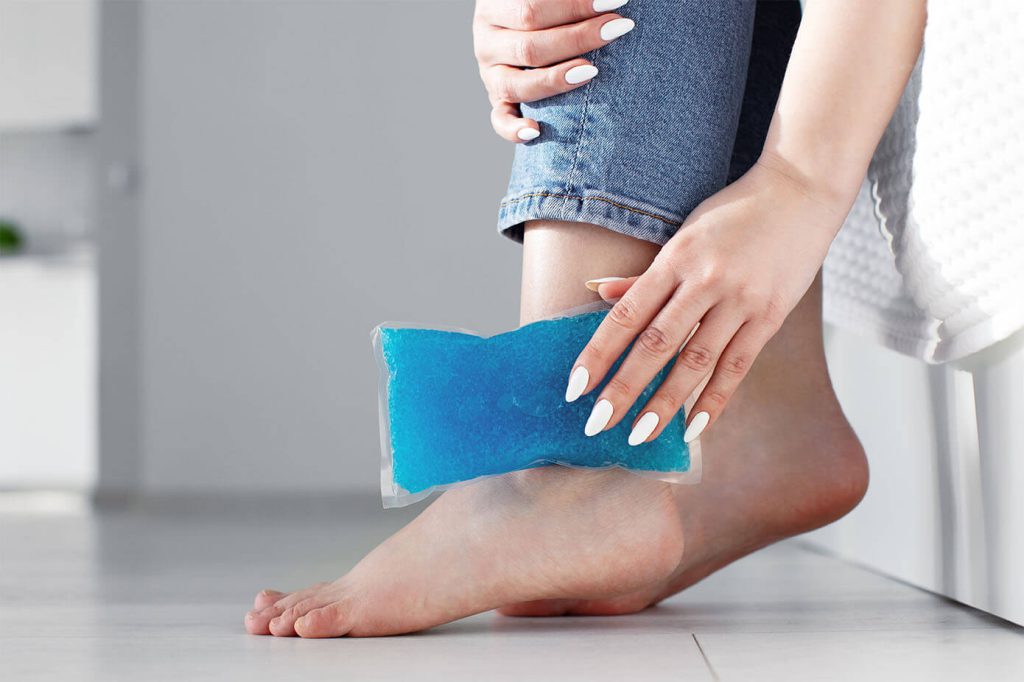18 Foot care tips & for your feet health
Foot care is important for your general health since taking care of your feet and treating common foot problems may help prevent the condition from worsening or leaving you unable to stand on your feet, putting you at danger of falling. If you have poor circulation or diabetes, you should check your feet every day. Foot care tips Foot care routine Gently use a foot file or a pumice stone to scrape off the hard skin, but don’t overdo it because it may cause the skin to grow back stronger than before. Apply a moisturizing cream to keep the skin soft, but avoid putting the cream between your toes because the skin here is already soft enough. Be sure to walk and take a walk, even if it’s only around the home for a picnic. This will help stimulate blood circulation and keep your joints moving. Elevate your feet when sitting because it helps reduce swelling in the ankles. Avoid sitting with your legs crossed. Wash your feet daily with warm water. Use a gentle soap. Avoid soaking the feet because it may cause dryness of the skin. Dry your feet well and gently, and be sure to dry between the toes well to avoid catching a fungal infection such as athlete’s foot. When using public places such as gym pools or swimming pools, wear flip flops or pool shoes to avoid getting athlete’s foot. Cut your nails straight. Do not cut it from the sides as this may result in an ingrown toenail. Change your socks every day. Choose cotton or wool socks. Consult a podiatrist if you suffer from foot pain. Shoes Use appropriate shoe inserts to help reduce pressure on protruding joints. Wear shoes that fit your foot shape. Limit the time wearing high heels, wear high heels and pointed shoes only for special occasions. Don’t wear sandals or open shoes all the time, as they do not provide support for your feet and can cause foot pain if you wear them a lot. How do you start? There are a lot of tips and methods that may confuse you, but don’t worry, you should start with: Knowing the positive habits, you are already doing and continuing to do them. Decide what changes you can make Develop a plan to start implementing these changes
18 Foot care tips & for your feet health Read More »
